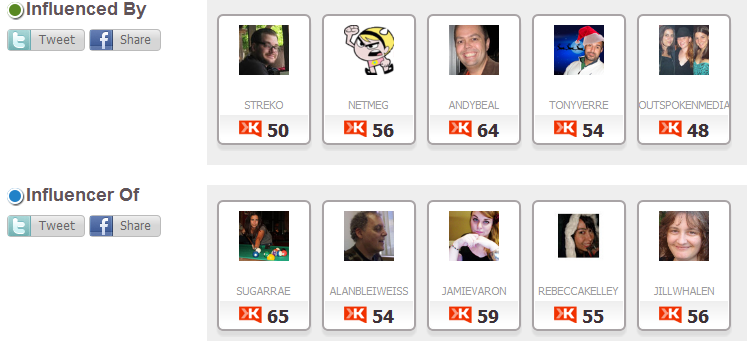You’ve heard it a lot. The key to your social dominance lies in your ability to connect with your brand influencers and get them to pass on your content and their networks just how great you are. It’s well-intentioned advice but it means nothing if you don’t know who these influencers are and how to go about identifying them. That’s the tricky part. So how do you do it? Who are these magical influencers that you should be reaching out to? Where do you look? That’s what I want to go into a bit today.
But before I do, let’s back up.
As a brand, why should you even care? There are people that exist who are already talking about your brand – that means your job is done, right? What do you stand to gain by reaching out to these people and getting to know more about them? Actually, quite a lot. Reaching out to brand influencers is important for a number of reasons:
- It betters customer service: We live in a world where all customers are not created equal. If we’re being frank, there are people who are more important to your brand than others. Someone with 10k Twitter followers and who spends his day tweeting about the brands he loves is more important to your business than someone who has no presence in social media and can’t work a mouse. They’re more important because they’re more connected and can touch a far greater number of people with a single complaint or praise. Who would you rather piss off on Twitter – @ChrisBrogan or @Paulie83034? Sorry, Paulie.
- It betters your marketing: Knowing who the most passionate people are related to your brand helps you to better market to them. Tuning yourself into their motivations, their desires and what compels them to act can help you better leverage the influence that they command. By creating specialized content and marketing toward them in a different way also shows that person you respect their influence, strengthening the relationship they have with your brand.
- It betters your word of mouth: Simply put, an engaged influencer is a stronger influencer. The more connected they feel to your brand, the more likely they are to consistently share it with their network. And that’s what you want.
So how do you go about identifying these people so that you can reach out to them?
Scout your own community
The easiest way to hunt out brand influencers is to start in your own community. Take a step back and ask yourself:
- Who are the people who not only comment on your blog regularly, but who help start discussions?
- Who are the community elders that others most respond or look up to?
- Have an email newsletter? Who is it that’s clicking the “share this” icons and passing it along to their friends?
- Who’s submitting your content to social voting and news sites?
Start keeping a list of the names and faces you most often see stepping up in your community. Once you have a good list, do some recon. Find their social profiles and personal Web sites. How many friends/followers/fans do they have? How many links to their site? Find out what type of social media user they are – do they just consume content or do they promote other brands, as well? You’re looking for the folks that not only take in content, but who make actively sharing it part of their day. These are your mega influencers.
Collect social usernames
Not into hunting down social usernames for your customers? Okay, then maybe just ask your customers for them. The same way you collect email addresses and personal information, start asking for social identities, as well. Get their username on Twitter, Facebook, WordPress, LinkedIn, Reddit, LiveJournal, and wherever else they hang out. Again, when you have them, look for the power accounts of the group. The people who have more than just a presence, but who have influence within their circles. And don’t just go after the top dogs. Also make friends with the middle tier. These are the people who have the influence, but not necessarily the fame of the A-listers. These people are apt to be more hungry and more willing to become part of your brand street team. They want to be recognized.
See who’s influencing your customers
Another way to identify key influences is to work backwards. Who are the people influencing your influencers? Who are the early adopters that they listen to? The people that, if you win them over, you’ll have access to their entire tribe? One way to find out is start plugging your influencers’ usernames into a service like Klout and learn a bit more about their Influence Matrix – who they’re influenced by and who they influence. For example, if you’re trying to influence me, the best way to do that may be to attract someone like Andy Beal. The data shows I respect his opinion (true fact) and an endorsement from him will go a long way to swaying me. On the flipside, you may want to go after me (or someone like me) if you’re looking to influence people like Jill Whalen or Rebecca Kelley.

Identify who’s producing content
Who are the people who have the power to not only talk about your brand, but to create their own content and conversations about you? Put together a social media command center, a listening station or whatever else you want to call it to help yourself chart out the linkerati and the bloggers/writers that hold power in your niche.
One of the coolest things social media has done is given us more data into who our customers are and who they’re sharing our content and our brand with. You want to make sure you’re tracking that and creating your own Influence Score for audience the same way Klout does for its own service. Who are the people spreading your message? Who are they influenced by and are they responsible for influencing? By tracking some of the metrics listed above you can start to put the pieces together to help you form a more complete view of who exactly makes up your company’s “brand influencers”.


